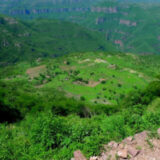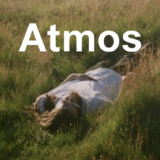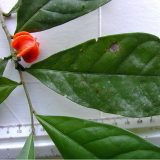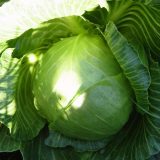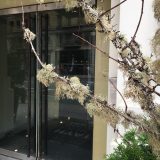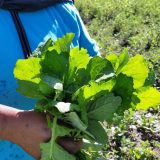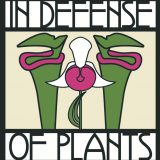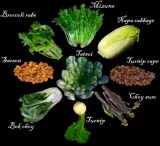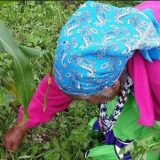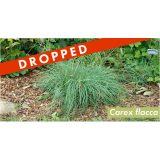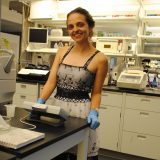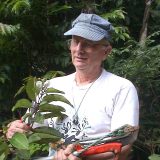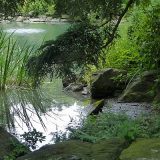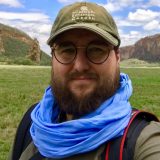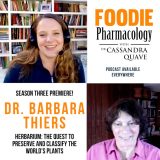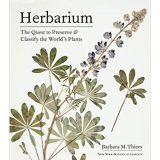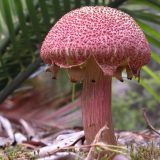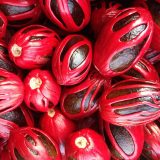COP28: Nature is Part of the Solution
COP28 is the 28th Conference of the Parties to the United Nations Framework Convention on Climate Change. Held annually, the conference convenes delegates from around the world to negotiate goals for combating climate change and limit Earth’s warming to 1.5 degrees Celsius above pre-industrial levels.
The climate crisis and biodiversity crisis are intertwined. Climate change is one of the main drivers of biodiversity loss. However, protecting and restoring nature is a key part of the climate solution. According to The Nature Conservancy, natural climate solutions can reduce emissions by one-third to mitigate the worst impacts of climate change. NYBG has been advancing plant research and conservation over its 132-year history and leverages its expertise and collections to address the climate crisis. During COP28, NYBG scientists share how their work on key themes at the conference, from nature-based solutions and regenerative agriculture to the roles of Indigenous people, advance solutions for the climate crisis.

